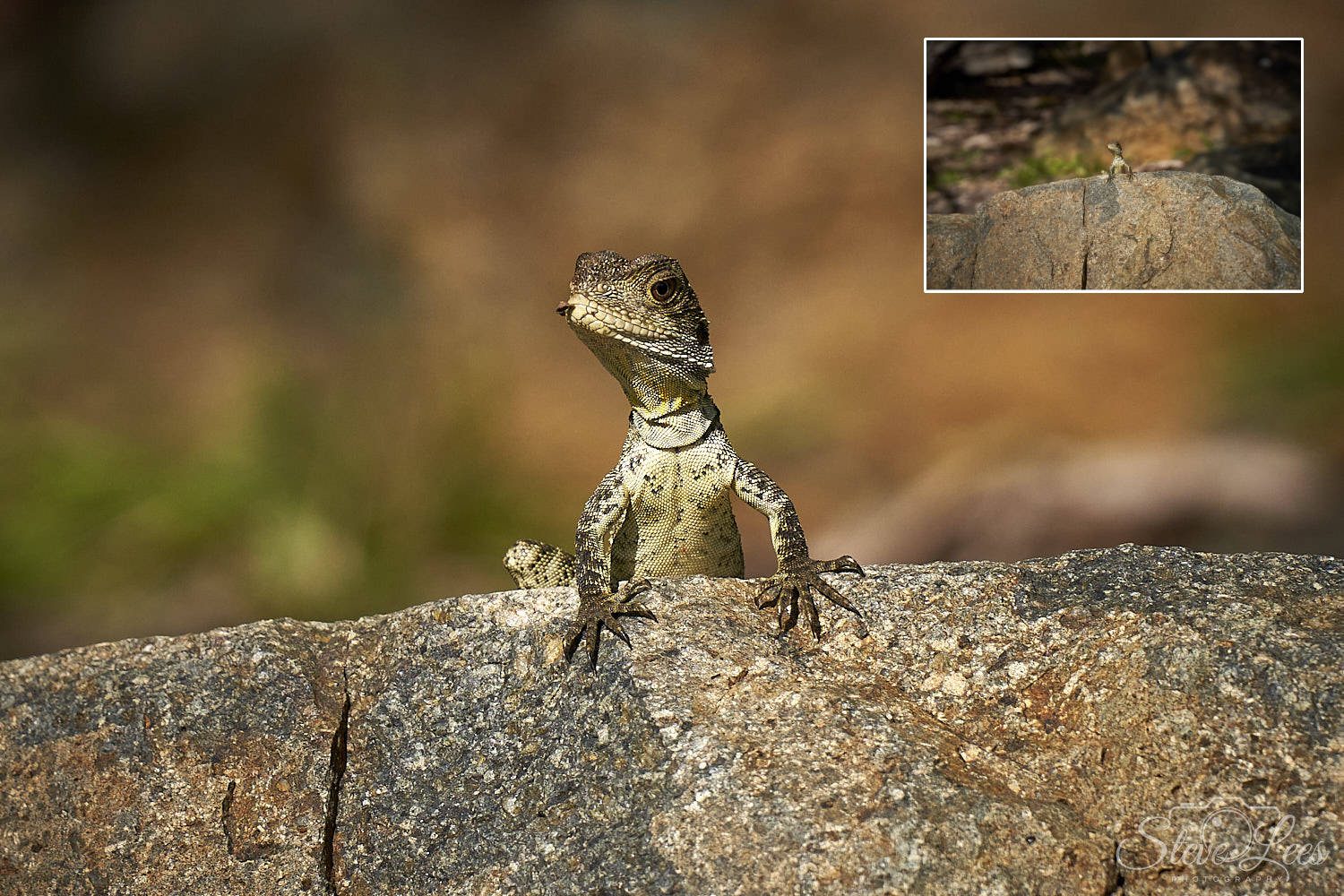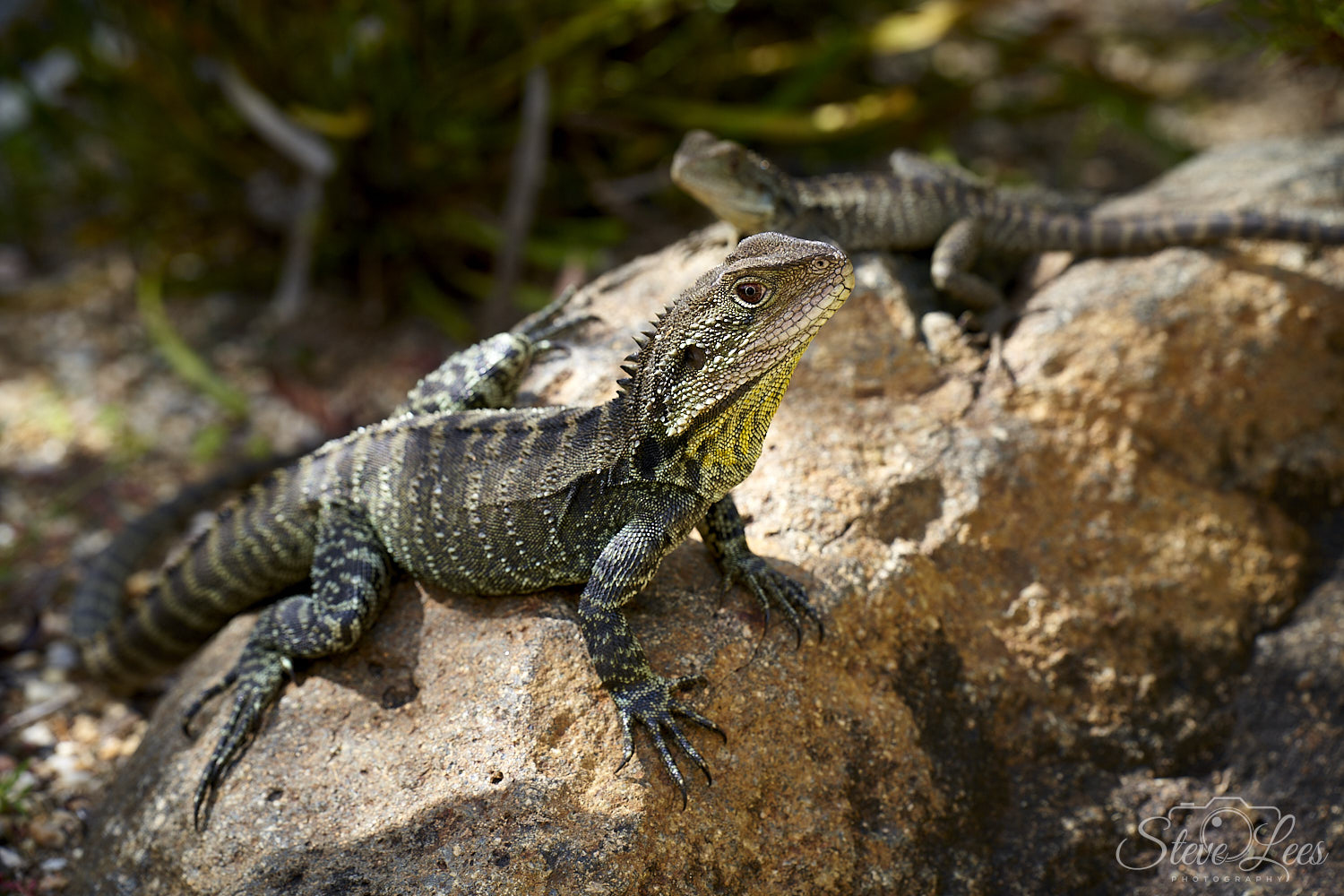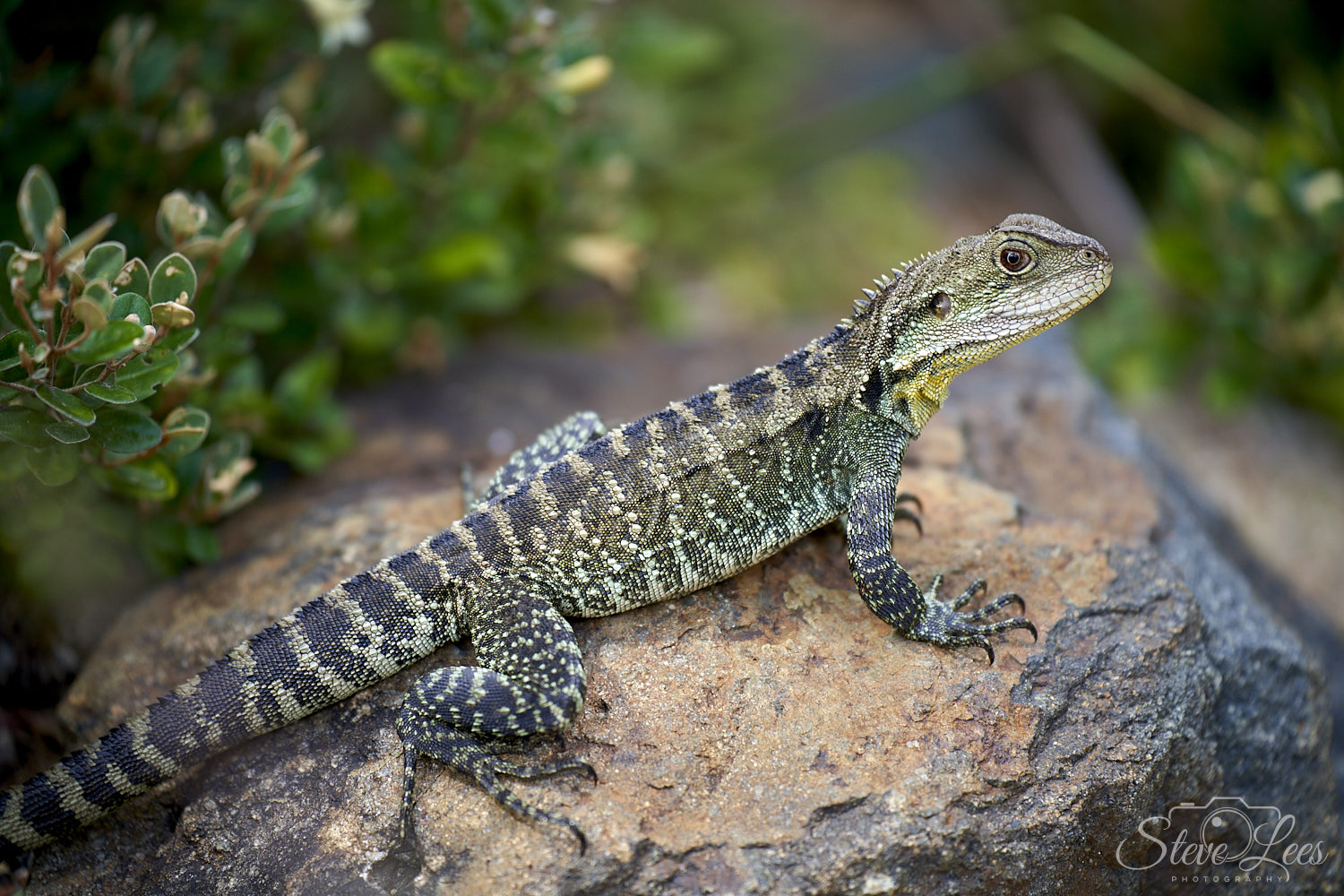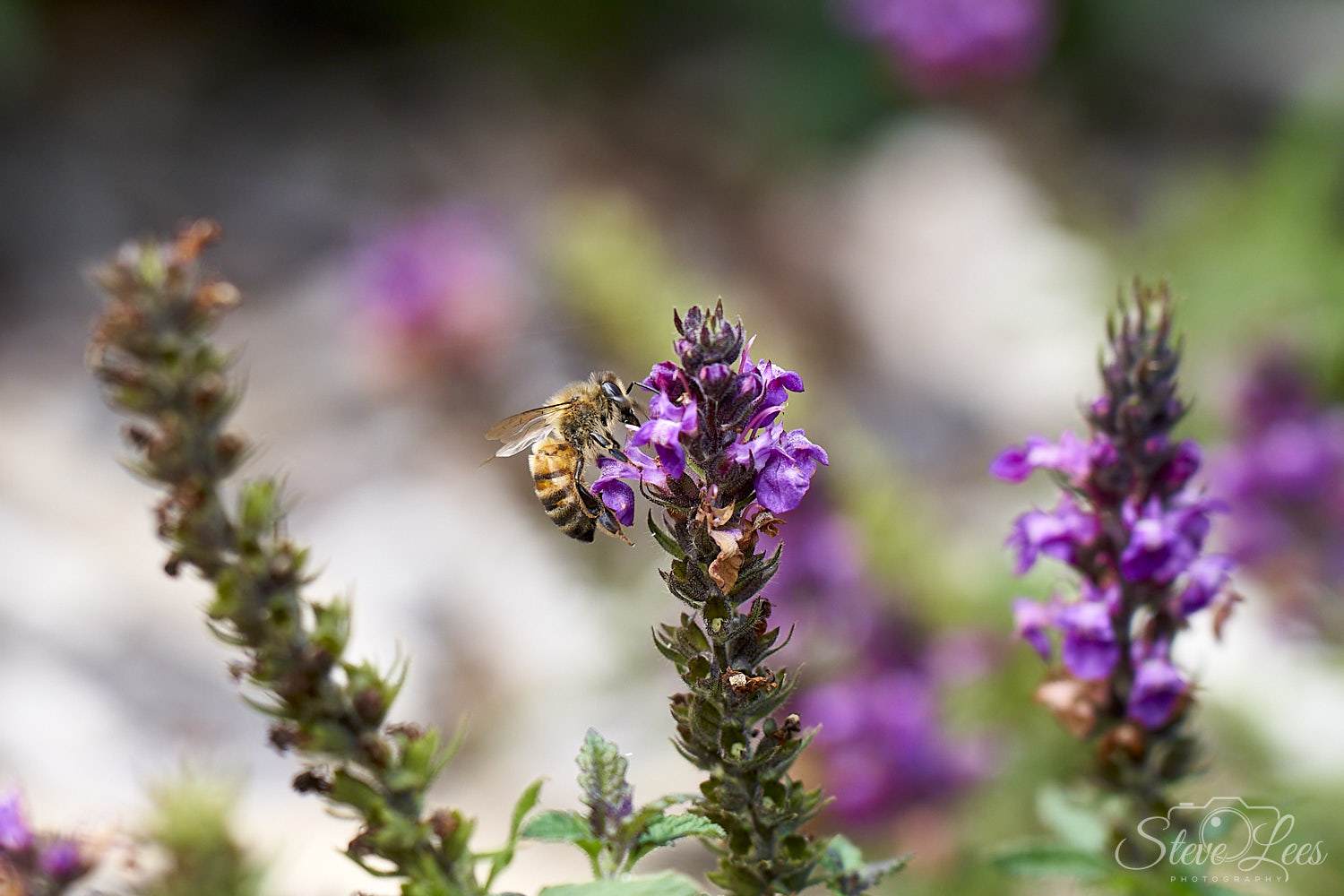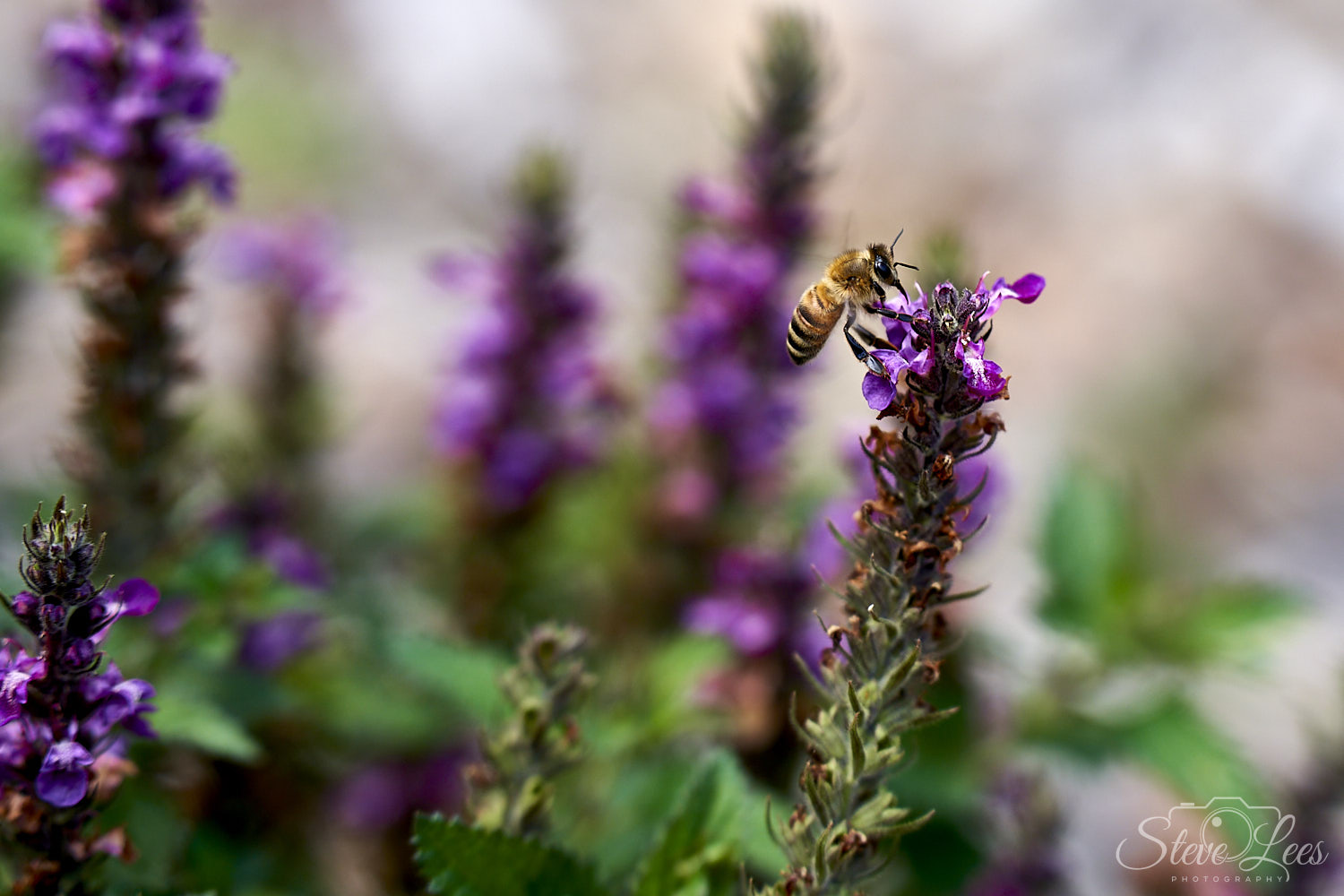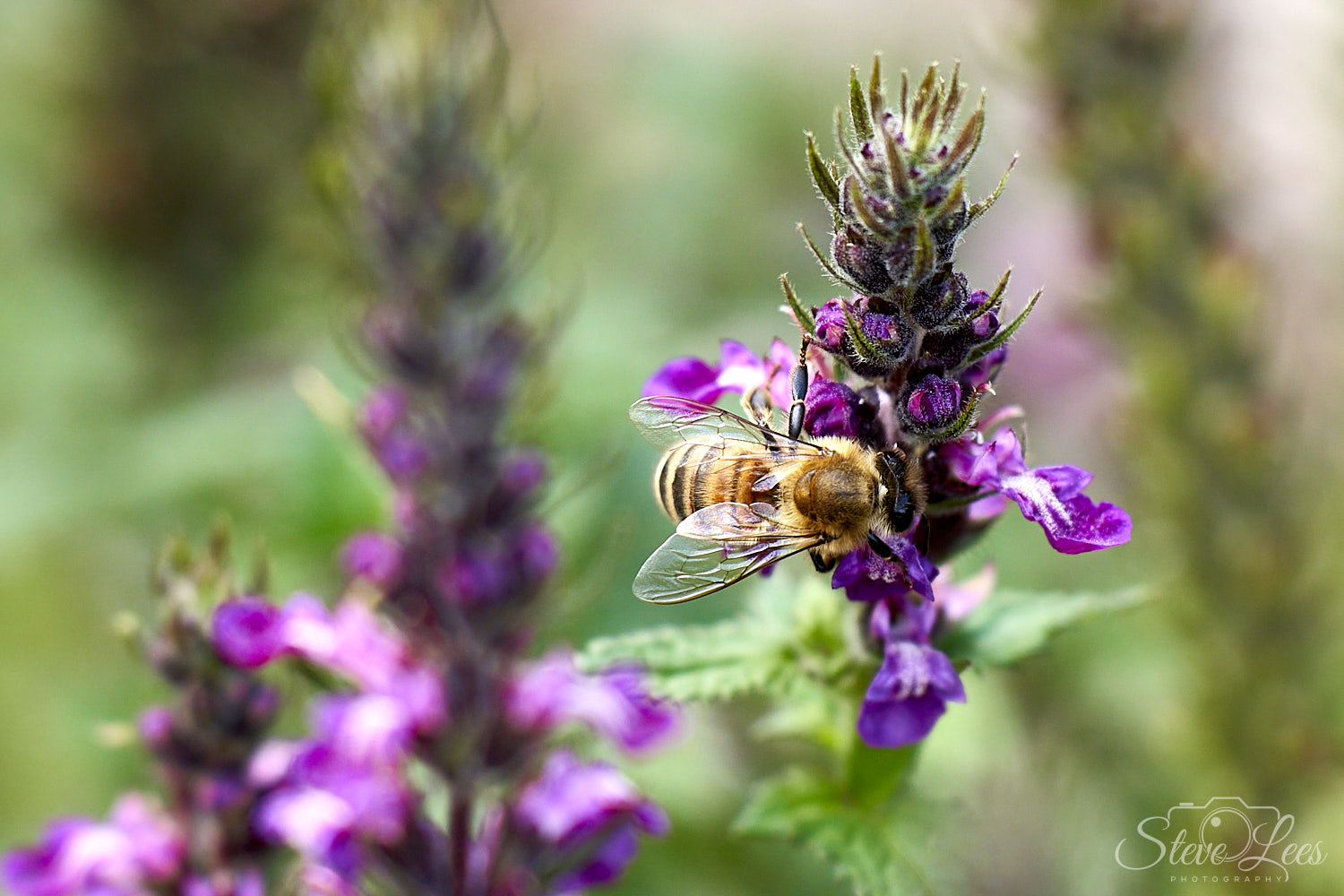Another visit to Canberra with some mates who also enjoy a bit of photography, and a challenge, saw us once again at the Australian National Botanic Gardens. On this occasion we decided to challenge ourselves by taking only one lens and one body. Knowing this location offered opportunities for macro with the abundance of flowers and insect life, but also telephoto with the amazing number of lizards that are always present, there was only one choice for me, and that was my new Tamron 35-150mm F2.0 lens.
Sony Holy Grail Lenses
In my quest to ‘carry less gear’ when I am travelling, I bought the two Tamron lenses, the 35-150mm and the 150-500mm.

